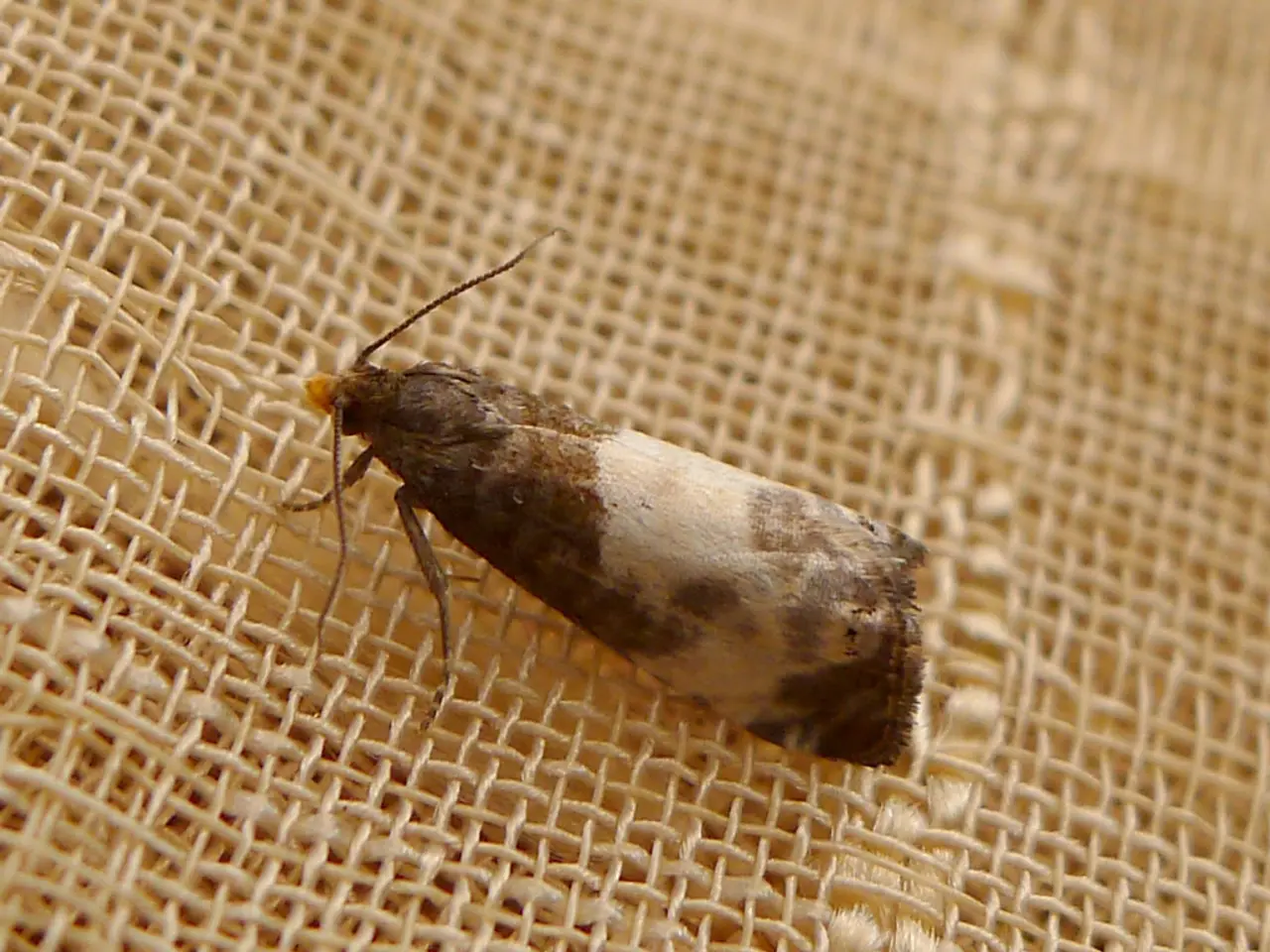Dog Flea and Tick Control Without Chemicals: Is There an Option?
Fleas and ticks can pose a significant threat to our furry friends, carrying diseases such as Lyme disease, anaplasmosis, ehrlichiosis, and Rocky Mountain spotted fever. Additionally, dogs can get tapeworms from ingesting an infected flea.
In the quest for a safe and effective solution, many pet owners turn to natural methods such as essential oils, herbal sprays, and diatomaceous earth. While these products can repel external parasites, they generally do not kill fleas and ticks as effectively as conventional veterinary-approved products.
Essential Oils: A Mixed Bag
Essential oils like eucalyptus, neem, peppermint, and citronella have been noted as natural tick repellents. They may help reduce parasite attachment by their scent, but their effectiveness in killing fleas and ticks swiftly and comprehensively is limited or lacking.
For instance, while a 2017 study found that certain essential oils, including thyme and myrtle, are more effective as flea and tick repellents than DEET and permethrin, this research was conducted on humans, not dogs.
Moreover, essential oils like tea tree oil can be toxic to dogs and cats when inhaled or ingested, especially if not diluted properly. It's crucial to use these oils with caution and proper dilution.
Neem Oil: A Promising Alternative
Neem oil, or Margosa oil, is prized for its pest-repelling qualities. It affects the feeding behavior of fleas and disrupts their growth and development. However, it's essential to note that while myrtle is safe for dogs, thyme is not.
Diatomaceous Earth: A Questionable Solution
Diatomaceous earth is a popular natural repellent that most insects, especially fleas and roaches, prefer to stay clear of. It works by caking onto the bodies of insects and suffocating them. However, there is no reliable data showing it is useful for flea control inside the home.
When applied outdoors, diatomaceous earth can easily be blown or washed away and has the potential for respiratory trouble in pets. Therefore, it's not recommended as a primary means of flea and tick control.
Conventional Flea and Tick Treatments: The Gold Standard
Conventional flea and tick treatments approved by the FDA and EPA are designed not only to repel but to kill different life stages of fleas and ticks (eggs, larvae, adults) effectively and for a sustained period. These treatments include oral medications, topical spot-ons, and collars that tend to be more reliable in preventing infestations and associated diseases.
For instance, oral products like prescription-only Credelio Quattro chewable tablets enter a dog's bloodstream and are rapidly distributed to tissue fluids under the skin.
The Importance of Veterinary Advice
Given the potential risks and uncertainties associated with natural flea and tick prevention methods, veterinarians generally advise against using these methods as the only means of protection for pets. Instead, they recommend using natural methods in conjunction with conventional methods of parasite control.
Moreover, the American Animal Hospital Association and the American Veterinary Medical Association recommend year-round prevention for flea and tick control. Always talk to your veterinarian before applying anything new to your dog's skin or fur.
Safety First
In the words of Dr. M. Blake Murray, a veterinarian, "I am very comfortable with the safety of our currently available prescription medications" for flea and tick control.
In conclusion, while natural products may supplement flea and tick prevention and reduce parasite presence, they should not replace vet-approved, conventional products for killing and protecting dogs against external parasites, especially in environments with high parasite exposure risk. Consulting a veterinarian to tailor prevention strategies is recommended.
Additional methods of prevention include using a flea comb to check for fleas and ticks on dogs, and using flea and tick control products for dogs in a variety of forms, including oral medications, topicals, collars, and shampoos.
Remember, dogs can pick up fleas and ticks by getting close to these parasites, whether in the house, in the yard, at the park, or from other animals who already have them. Fleas on dogs can jump onto other family pets and even people, putting them at risk for illness.
Stay vigilant, and keep your furry friends safe and parasite-free!
- Despite the potential of essential oils like eucalyptus, neem, peppermint, and citronella to repel ticks and possibly reduce parasite attachment, their effectiveness in swiftly and comprehensively killing fleas and ticks can be limited or lacking.
- For a safe and effective solution, it's crucial to note that while neem oil may repel and disrupt the growth of fleas, thyme – another oil known for its pest-repelling properties – is not safe for dogs when applied directly or ingested.




